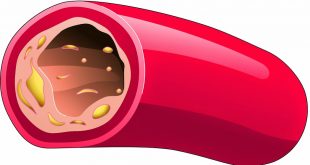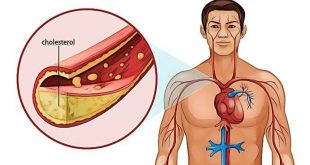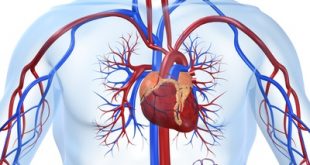Introduction
High blood pressure is a big deal. In the early stage, you may not be too worried as you feel great and do not notice any symptoms of high blood pressure.
The blood vessels are flexible and relax or constrict to keep blood flowing smoothly. Due to the heart pumping mechanism, the blood vessels constantly receive forces pushing against the sides of the vessels. For many reasons, your blood may begin to push too hard on the vessels wall. When this happen, hypertension occurs.
On the long run, even if you don’t feel anything externally, the constant abnormal high blood pressure can lead to damage of organs such as kidneys, heart and brain. The scary thing is that you may have high blood pressure without even knowing it. Left untreated, the high blood pressure slowly ‘damages’ our body system from within.
Facts
- High blood pressure is a “silent killer”.
- 5.8 million Malaysian has high blood pressure. Only 2.2 million gets regular treatment.
- For every person diagnosed with hypertension, there are six who are missed.
- Majority of people with hypertension are unaware that they have it.
- For those who are diagnosed with hypertension, only 40% were properly treated.
- Untreated hypertension continues to increase risk of complications regardless of age. In fact, the older the person, the higher the risk.
Hypertension Is A Silent Killer
Majority of people with hypertension will not have symptoms. Neck and shoulder pain are not a common symptoms of hypertension. On the other hand, people with neck and shoulder pain may have a raise blood pressure due to distress from the pain. This people may not have hypertension.
Hypertension (even without symptoms) is a risk of heart attacks, kidney failure and stroke. In Malaysia, there are six new stroke diagnosed every day. Malaysia has one of the highest rates of patients undergoing dialysis compare to other countries.
Pre-hypertension: My Blood Pressure Is Not Normal But I Don’t Have Hypertension
Pre-hypertension is define for people above the age of 18 year with the following readings:
- Systolic BP 120-139 mmHg or
- Diastolic BP 80-85 mmHg
Pre-hypertension should be taken seriously as it may lead to overt hypertension if left untreated. Treatment may be adjustment of lifestyle and diet.
Stages Of Blood Pressure

Which Number?
Each recording of blood pressure gives you 2 numbers. First is the upper reading (systolic blood pressure) and the second is the lower reading (diastolic blood pressure). Take the numbers that puts you in the higher group of hypertension. For example, if your reading is 113/84 mmg, you have prehypertension (base on diastolic reading). If your reading is 142/80mmg, then you have stage 1 hypertension (base on systolic reading).
Each of us have 2 arms. Blood pressure reading often is different between them. The difference may be as much as 10 mmHg or even more. Take the arm with the higher reading.
Blood pressure readings may vary depending on the time you measure them (hyperlink to physiology change in BP). Taking the peaks create unnecessary worry, while taking the valley gives false comfort. It is the average readings that counts, not the occasional extreme readings.
Yearly blood pressure reading during annual checkup will suffice for people with normal blood pressure. People with pre-hypertension or hypertension should have more readings recorded to get a real picture.
What To Do?
- If you are above 30 years old, have you blood pressure check yearly. If the initial check gives you a normal reading, continue yearly check-up.
- If you have high cardiovascular risk, pre-hypertension or hypertension, check your blood pressure more regularly. The frequency of check may depends on how high the blood pressure, and how stable is the reading. Ask your doctor for advice.
- Practice home BP check if you need regular blood pressure check (hyperlink to home blood pressure monitoring).
Conclusion
- High blood pressure is a big deal.
- It kills silently.
- Deal with high blood pressure starting today.
References
- Heartfailurematters.org. (2007).Taking your own blood pressure and pulse. Available: http://www.heartfailurematters.org/EN/WhatCanYouDo/Pages/Takingyourownbloodpressureandpulse.aspx. Accessed 19 Sept 2012.
- National Health and Morbidity Survey (NHMS III) 2006.
- Rahman, A.R., Bavanandan, S., Kamaruddin, A.S., et al. (2008). Clinical Practice Guidelines: Management f hypertension ( 3rd ed. 2008): Ministry of Health Malaysia.
| Last Reviewed | : | 2 March 2016 |
| Writer | : | Dr. Cheah Wee Kooi |
| Translator | : | Dr. Cheah Wee Kooi |
| Accreditor | : | Dr. Ainol Shareha Binti Sahar |
 PENDIDIKAN PESAKIT Kementerian Kesihatan Malaysia
PENDIDIKAN PESAKIT Kementerian Kesihatan Malaysia



